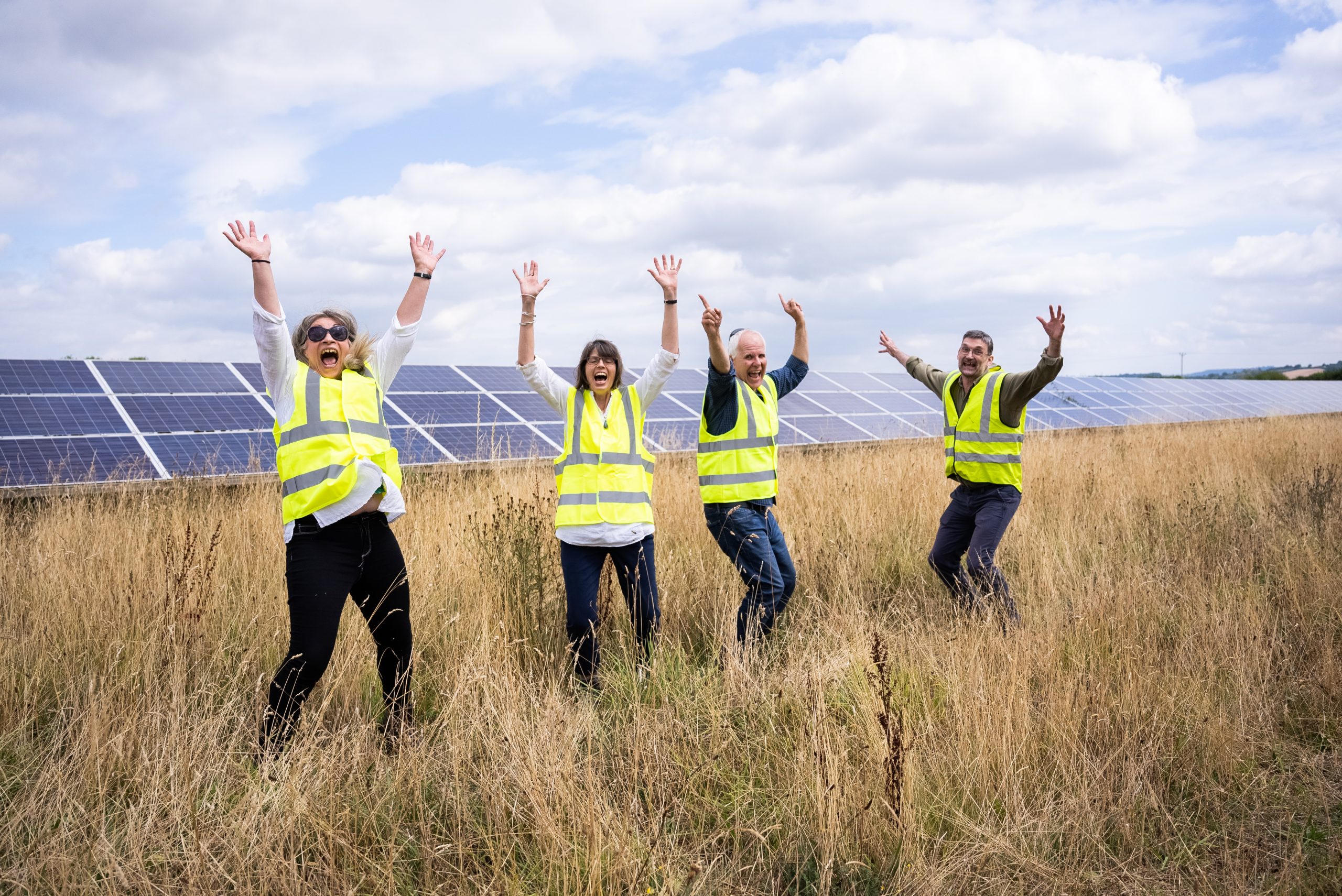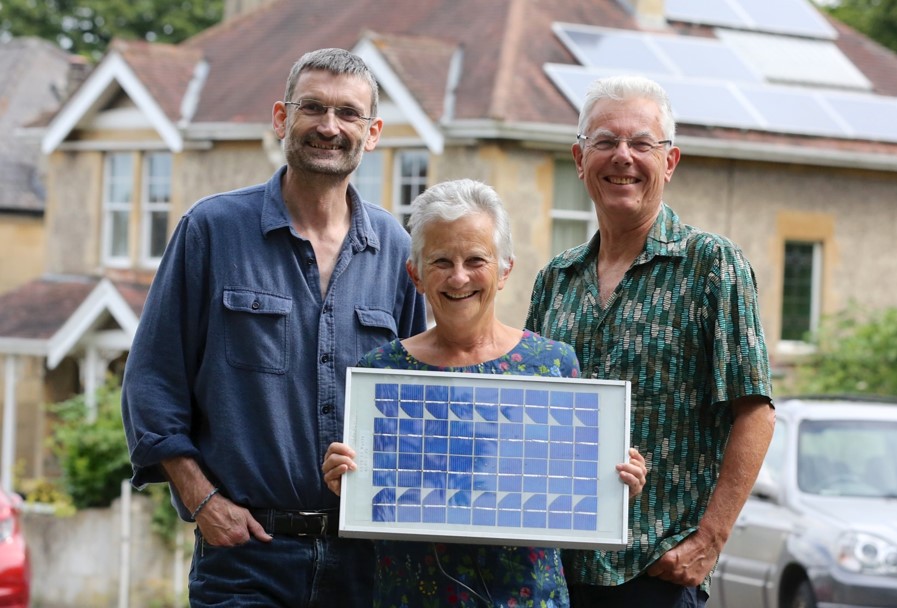

The Wilmington Farm Solar Array started exporting electricity to the Grid at the end of March 2015. At 2.34 MW this was BWCE’s largest community owned solar array when it was installed. Though this has now been superseded by the 5MW Crewkerne array.
It cost £2.8 million to build and was financed from a share offer that raised over £2.2 million. The balance was financed with a £500,000 loan from Bath & North East Somerset Council. This loan has now been paid back in full having successfully achieved its aim of enabling the project to be built.
In 2017-18 the project hit its generation target, even though sunshine levels were again below average during the year. The project reduced carbon dioxide emissions by over 660 tonnes and generated enough electricity to meet the equivalent demand from over 750 homes.
| VISITOR_INFO1_LIVE GPS YSC PREF test_cookie IDE | Our site displays videos from our YouTube channel. When you watch them, YouTube (Google) sets cookies to track usage of its services, remember preferences (such as language) and to make its advertising more relevant. |
| _ga _gali _gat _gid NID | We use Google Analytics which sets cookies to compile visitor statistics such as how many people have visited our website, what type of technology they are using (e.g. Mac or Windows which helps to identify when our site isn’t working as it should for particular technologies), how long they spend on the site, what page they look at etc. This helps us to continuously improve our website. These so called “analytics” programs also tell us, on an anonymous basis, how people came to visit the site (e.g. from a search engine). |
| _AVESTA_ENVIRONMENT | We administer our newsletter using Mailchimp newsletter provider which sets this cookie so we can link to our list to add subscribers to our newsletter |

Working in collaboration with Stemy Energy and researchers from Comilla University in Madrid to reduce carbon emissions. They have developed the Flex Community smart app which manages home electricity consumption by learning energy requirements, predicting weather patterns and remotely controlling (within pre-set comfort levels) when the immersion heater heats hot water to coincide with when renewable electricity is generating.

This pilot operated in two streets in the Bear Flat area of Bath, designed to test the degree to which a collective community approach could be taken to shifting electricity demand away from peak to off peak times. It integrated the use of domestic solar PV, battery storage and a simulated Time of Use electricity tariff (ToUT).